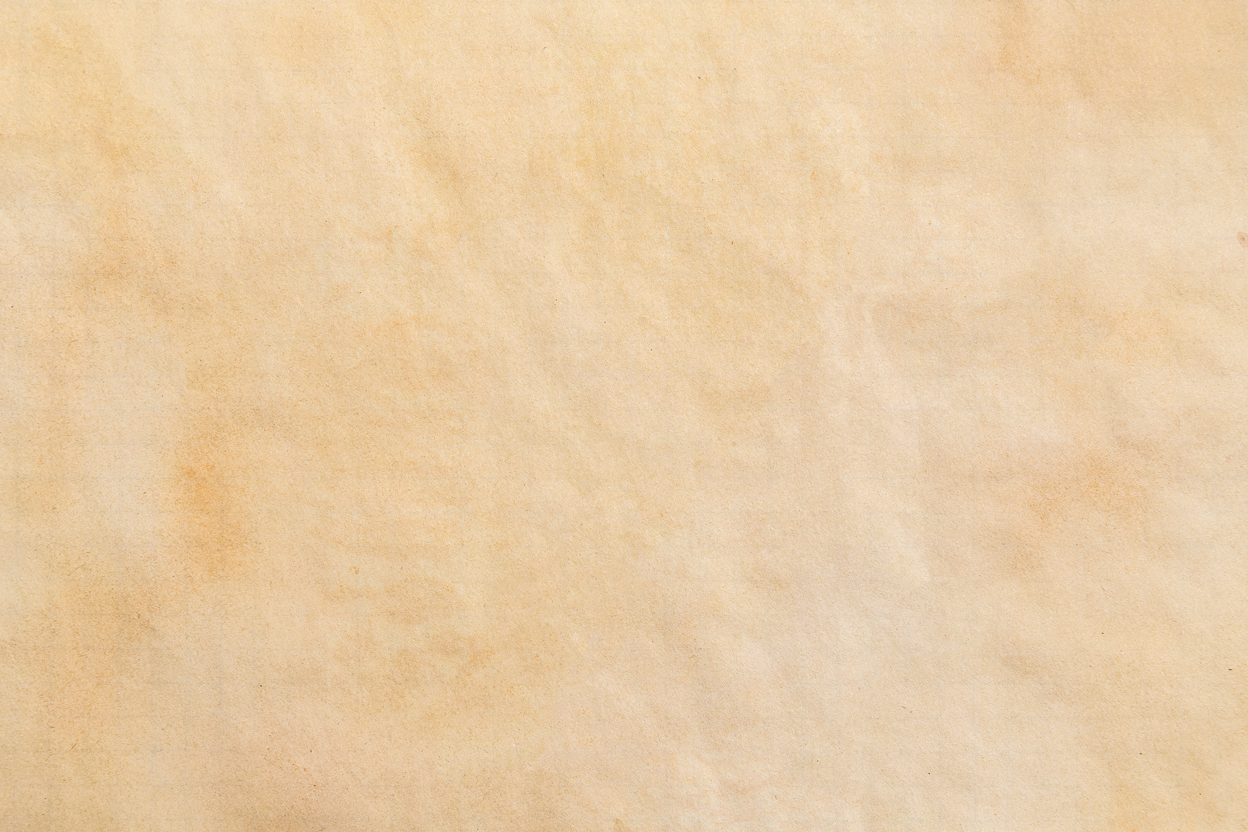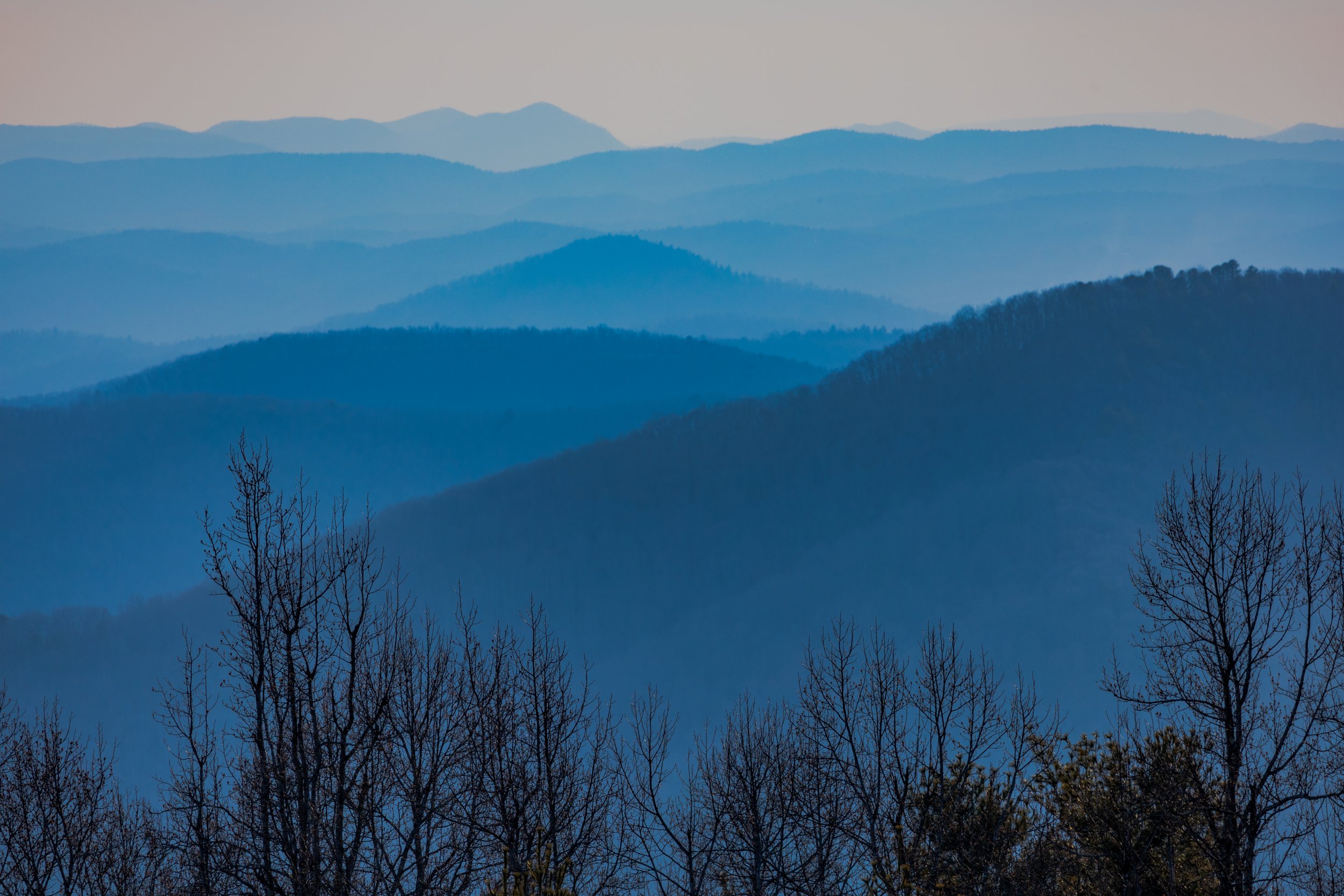
News & Events
Upcoming events
-
Presenter at Malice Domestic
Fri, Apr 25, 202512:00 PM Sun, Apr 27, 20251:00 PM
Bethesda North Marriott Hotel & Conference Center (map)
Established in 1989, Malice Domestic is an annual fan convention held each year in Maryland, just outside Washington, D.C. Malice celebrates the Traditional Mystery, books best typified by the works of Agatha Christie.

The MacKay Mysteries
From the treacherous crossing of the stormy Atlantic to the wild, untamed wilderness of Colonial Pennsylvania, The MacKay Mysteries is a rich, entertaining tale of a moment in American history and a young man's quest to make something of himself. However, there's an undercurrent of danger running throughout the colonies. Will Angus find himself involved?
Featuring cameos from legendary figures such as Benjamin Franklin, The MacKay Mysteries is a tale of liberty and rebellion, bringing to life a cast of heroes and events leading up to the American Revolution.
““With wonderful descriptions of the landscape, rich characterization with authentic dialogue, and a unique and gripping plot, this is an excellent book and will appeal to readers of both historical fiction and murder mysteries.””
The Dun Cael Mysteries
In the mists of time, a village sits perched on a ragged promontory high above a river in Bohemia, home of the Boii, an Iron Age Celtic tribe. The town prospers. Its warriors are victorious in battle. Its artisans craft beautiful items. All seems ideal. But an underlying current of treachery and mayhem runs through the village.
Set in ancient Bohemia, find yourself transported to the long-forgotten era of the Iron Age Celts. Looked down upon by the Romans, archaeologists are now learning what an advanced society these people were. Discover these enigmatic warriors and ingenious artisans from over 2000 years ago.
“You can smell the wood smoke wafting among the thatch rooftops, taste the honeyed mead, see the exotic clothes and weapons, hear the prayers to the pagan gods...”

Sign up for my monthly newsletter and receive Sailing to Philadelphia—a free prequel that sets the stage for The MacKay Mysteries.
Join the Inner Circle
As a subscriber, you’ll be the first to:
Get behind-the-scenes updates
Hear what I’ve been working on
See what’s coming next
Receive the occasional surprise short story
I will only be in touch once a month. Members of the team will receive behind-the-scenes news, be in the know on what is coming up, find out what I’ve been up to, and receive a free short story on occasion. Hope to meet you soon!





